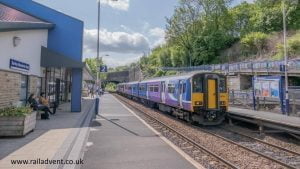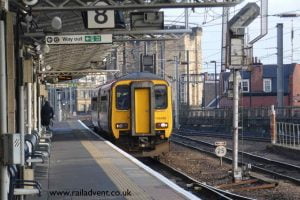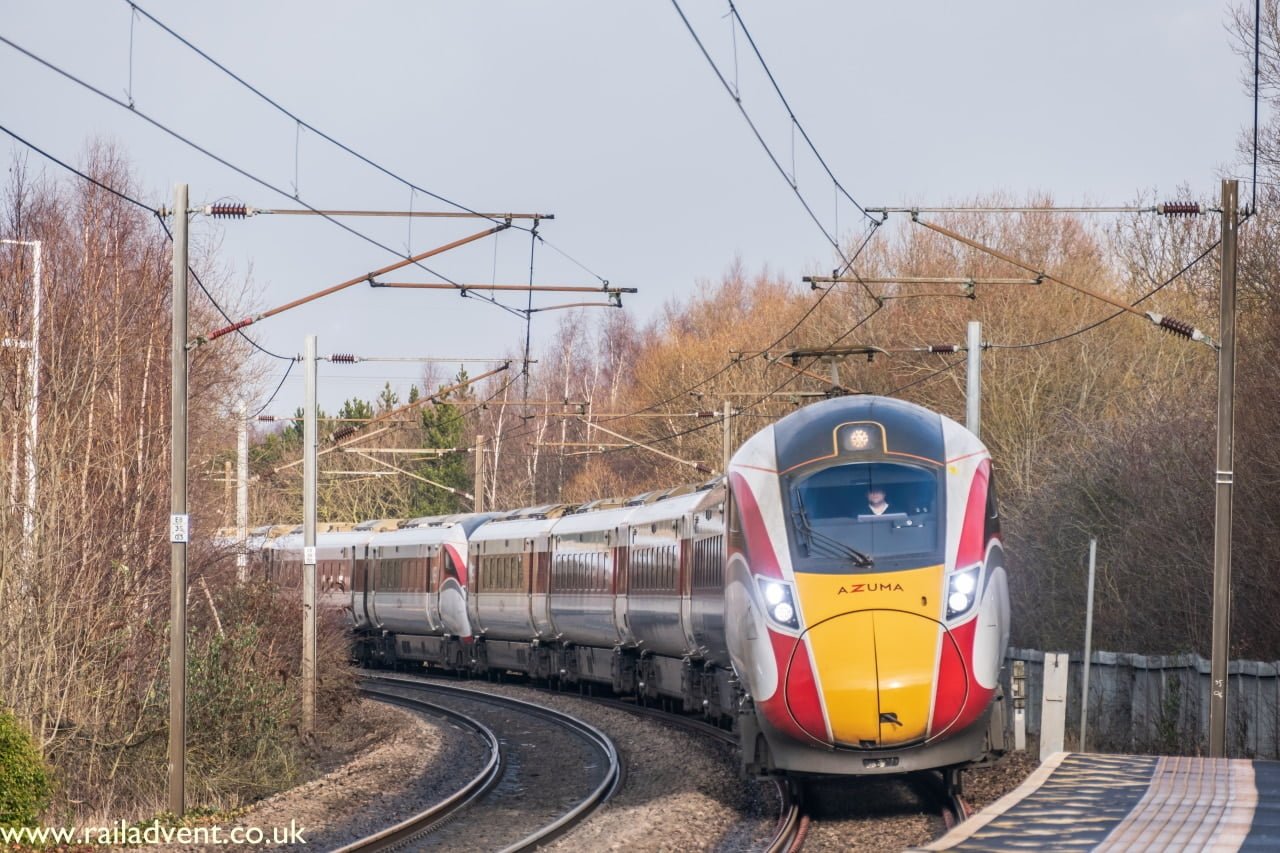The number of rail passenger journeys in Great Britain fell dramatically towards the of the quarter (ending March 2020), as the impact of coronavirus hit hard.
Nationally, 51 million fewer journeys were made, meaning an 11.4% drop in 2019-2020 Q4 when compared to 2018-2019 Q4, with just 394 million passenger journeys were made.
This is the largest fall in passenger numbers since the time series began in 1994-1995. However, the first three quarters of 2019-20 saw an increase in passenger numbers, though the fall in Q4 meant that 1.7 billion journeys were made in 2019-20, down 0.8% in total when compared to 2018-19.

Long-distance train journeys had the largest decline in passenger numbers, falling by a total of 16.3%.

Amongst operators, Avanti West Coast, Great Western Railway and LNER recorded significant decreases, with figures showing 21.4%, 21.3% and 20.9% respectively.

Credit: RailAdvent
The ORR has said that the increase in TfL Rail passenger journeys is attributed to the transfer of the London Paddington to Reading stopper service to TfL Rail from GWR in December 2019.
The Regional Sector recorded the smallest decrease in journeys. TfW Rail and Caledonian Sleeper recorded the largest decreases with 16.4% and 26.9% respectively. Merseyrail and Northern recorded the lowest decreases in this sector.

The full report and stats can be found here.
Graham Richards, Director, Railway Planning and Performance at the Office of Rail and Road, said: “The first quarter stats for this financial year for rail passenger usage (April – June) will obviously show further decline in numbers but these stats show the start of the unprecedented fall in passenger numbers. This can be attributed almost entirely to the measures taken by passengers in the middle of March as they heeded government advice to stay at home and only travel if it was essential. For people starting to use the rail network, as measures are eased, we’re working with the industry to provide health and safety advice and guidance, and continue to monitor the reality on the ground to ensure people have the confidence that they can travel safely.”
Responding to new ORR figures showing an expected fall in passenger journeys RMT general secretary Mick Cash said: “These figures confirm we will need a new national plan for rail recovery which encourages passengers to return to our railways when it is safer to do so. That plan will need to be based on increased investment, more reliable and frequent journeys, affordable fares and protecting rail jobs and skills. The privatised railway has already shown it is not capable of delivering these objectives and to safeguard a better future for rail the government needs to ditch its ideological objection to public ownership.”
Responding to the statistics, Robert Nisbet, Director of Nations and Regions at the Rail Delivery Group, said: “Rail companies are working together to keep workers moving and supermarket shelves stacked as the proportion of rail journeys decreased by up to 96% during the coronavirus pandemic. We will continue to work together with government to ensure a reformed railway can bring passengers back on board when it is safe to do so – supporting jobs, connecting communities and helping the economy grow.”
Where Next?
RailAdvent Plus
Get image downloads, Prints and Streaming Video
News Homepage
For the Latest Railway News
RailAdvent Online Shop
Framed Prints, DVD’s / Blu-Ray’s and more
LocoStop Community
Come and share your railway pictures
Mainline Steam Info
Upcoming mainline steam tours/loco movements






Responses
Well most people have obeyed the governments advice to stay indoors. Except for those who can’t work from home had to travel by train to get to work. Including the NHS workers, delivery drivers and emergency workers during the Coronavirus pandemic.